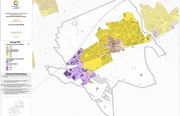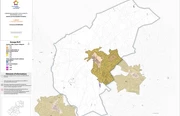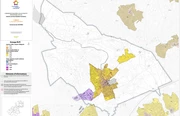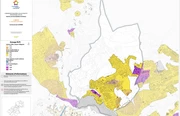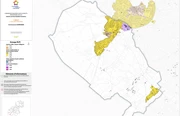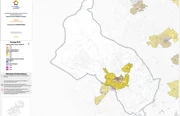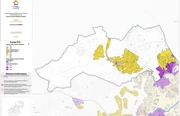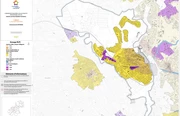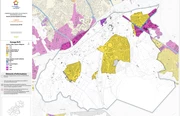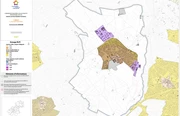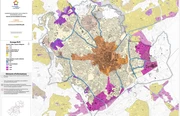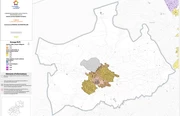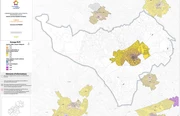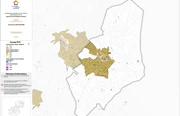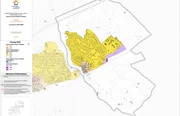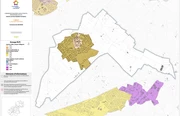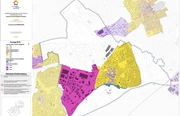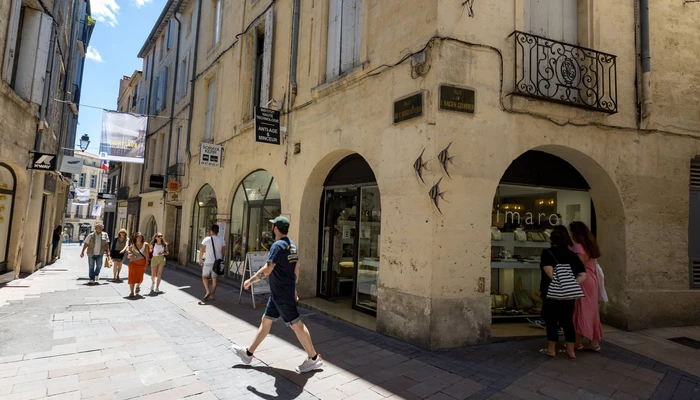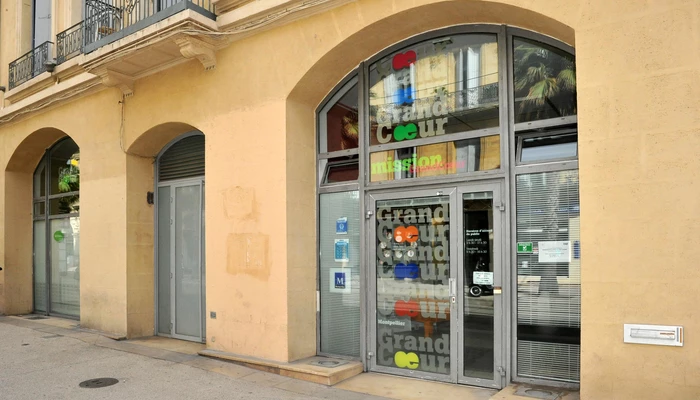Advertising and signs are important elements of the landscape. All of the Metropole's communes are faced with the environmental and economic challenges they represent.
By becoming a Metropole, Montpellier Agglomération has become competent in urban planning matters. By ricochet effect and in accordance and article L581-14 of the Environment Code, it has consequently become competent in matters of local advertising regulations in place and stead of the communes that make it up.
Since the law of July 12, 2010 and its application decrees, changes in the rule have made it essential to launch a procedure to draw up an Intercommunal Local Advertising Regulation valid as a revision of existing regulations.
The various phases in which the new regulations come into force - culminating in the expiration of the existing local regulations initially scheduled by law for 2020 (Juvignac, Lattes, Montpellier, Saint-Jean-De-Védas and Castelnau-Le-Lez) - led the metropolitan council to approve, in a deliberation dated September 27, 2017, the prescription for the preparation of an intercommunal regulation.
By deliberation n°M2019-394 dated July 23, 2019, the Conseil de Métropole approved the results of the consultation process and adopted the draft intercommunal Local Advertising Regulations.
After the public inquiry entrusted to a commission of inquiry by Madame le Président du Tribunal administratif de Montpellier, a favorable opinion without reservations accompanied by recommendations was given.
By deliberation n°M2021-103 dated March 29, 2021, the Conseil de Métropole approved the inter-municipal Local Advertising Regulations adjusted to take account of the proposals arising from the public inquiry.
The intercommunal local advertising bylaw is a local regulatory document whose purpose is to adapt national regulations to the characteristics of the local territory without ever being able to emancipate itself from them (the local rule can only be more restrictive).
- It enables advertising to be integrated into the territory's various urban projects, taking into account local public information and communication policies,
- It introduces control over signs by imposing prior authorization for installations,
- It allows certain forms of advertising to be reintroduced in areas where they are prohibited by default (safeguarded sectors, for example),
- Finally, approval of a local bylaw transfers police powers from the Prefect (DDTM) to the mayors of the Metropole.


